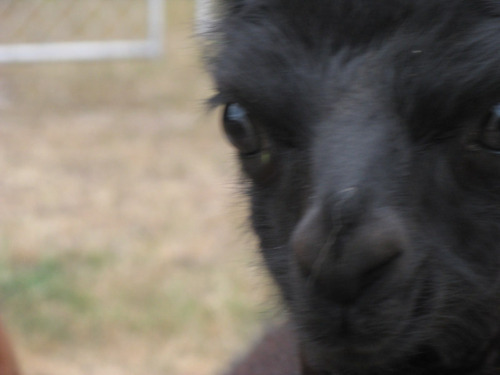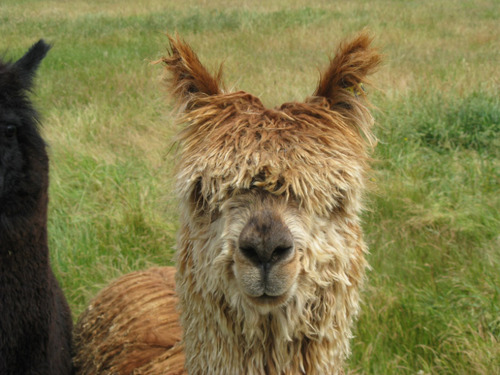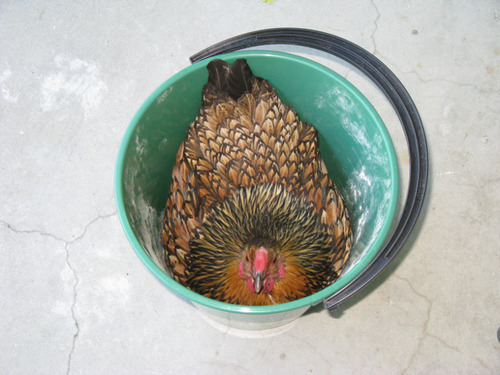Wednesday, July 28th

At Work:
An interesting piece of alpaca psychology- two young males had been sharing a paddock quite happily when suddenly the dynamic changed. One of the males began bullying the other unmercifully. This was not just the usual pecking order strife which can happen, this was vicious! The pecked-on male was starting to exhibit the start of behavioural problems so it was decided to separate them. The bully was left where he was and the other was put into the next paddock, which shared a fence-line. He immediately went to the far corner and wouldn’t stray far from it, even though it was a large field and he would have been a significant distance from the bully. My boss - a man with over 20 years in the alpaca world decided to swap the males over - so they would still be sharing a fence line but now the picked on alpaca would be in the original field while the bully would be in the new one.
The difference was immediate and stunning… the two males spend much of their time within a few metres of each other. The picked on male now happily comes up to the once-bully, his fear has disappeared and he seems absolutely happy. We have also seen no further signs of aggression from the once bully.
So what happened? Why did the changing of paddocks make so much difference to the behaviour of these two?
Your guess is as good as mine!
At Home:
No eggs gathered last night as it was my Igo (awesome Asian board game - see here for details) night. Today 19 eggs. Not bad for winter-time.
Feed-out: As it was a heavily-frosted morning I gave lucerne to both herds as the extra energy is nice for them.



